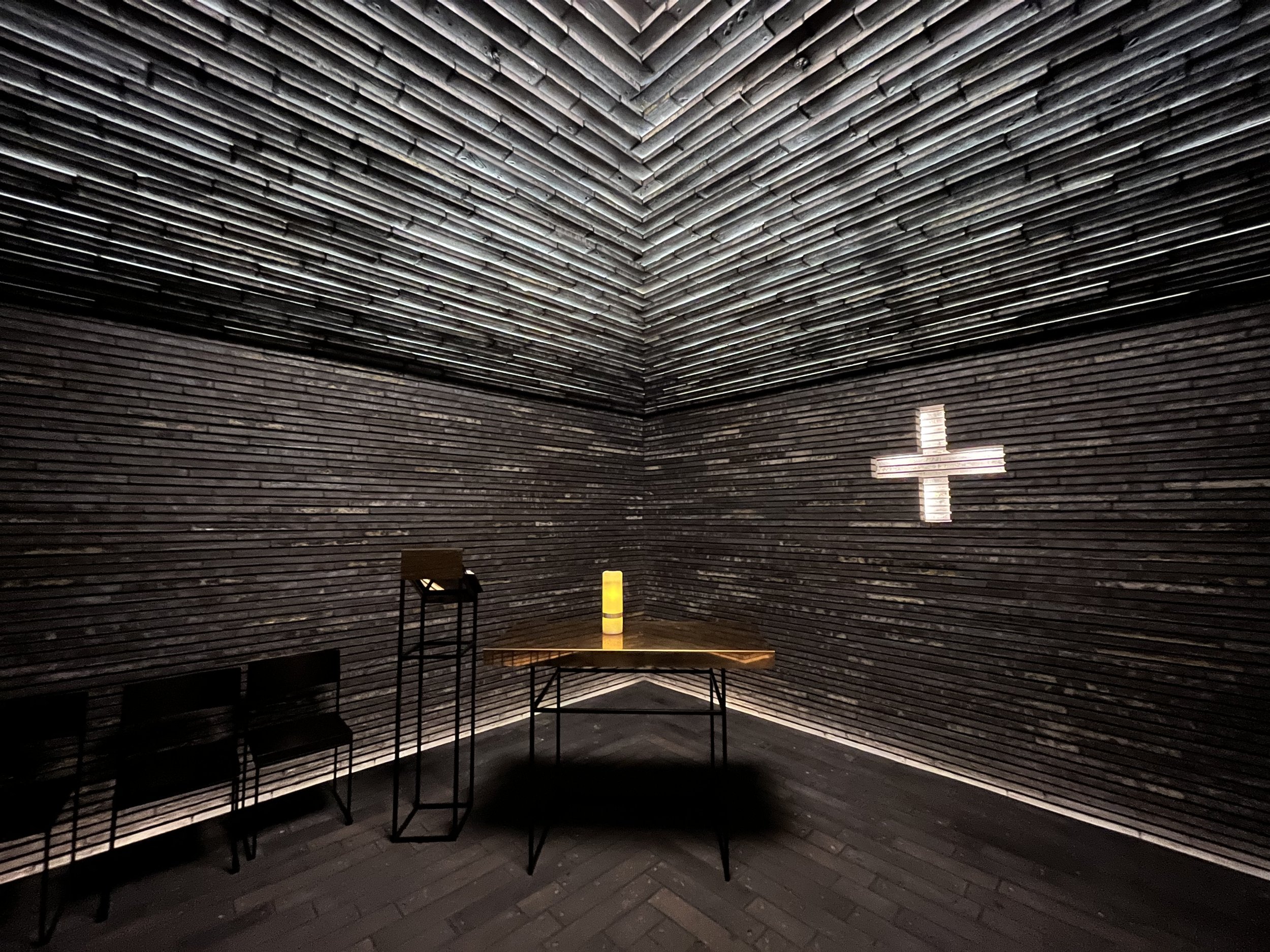It’s a damp, cold October night in Berlin, but along Hauptstraße in the Friedenau district, inside the famed Zig Zag Jazz Club, the crowd waiting for Alaa Zouiten is lively, chattering and warm.
A fire-red glow reflects from the lights near the stage where the Morocco-born ‘ud player begins plucking a few of his instrument’s strings. Clinking glassware and the hum of conversation subsides into concentration.
“I love the transcultural approach in music, and that means there are no boundaries between music and cultures,” says Alaa Zouiten. Morocco-born and, since 2009, Berlin-based, the ‘ud virtuoso and music educator is among the more than 135,000 Arab-identifying residents of the city helping make Berlin one of the world’s hottest centers of creative arts. Zouiten cites the fusions in his own music as Moroccan, Amazigh, African, Jewish, North African and Andalusian. “Together it all sounds really organic,” he says, “In that moment, the listener says, ‘We’re all pretty close, and we have more similarities than differences.’”
Zouiten’s first song comes as a rapid-fire arrangement that at once showcases his virtuosity, flitting between styles he refers to as flamenco arabe and urban jazz. After that, his band joins him: a Spanish percussionist, a French bassist, a Canadian violinist and a pianist from Lebanon. Midway through their opener, Zouiten pauses to let his audience know it’s about to hear something new.
“We are trying a mix of different styles of music up here,” he says. “I hope it’s OK.”
Cheers erupt. One woman near the front calls out, “It’s more than OK. It’s geil!”—a German slang compliment that falls between “cool” and “sick.”
Reflecting on the audience’s enthusiasm, Zouiten elaborates as he strums and talks, strums and talks.
“I am neither a purist Arab ‘ud player, nor a jazz composer, nor a traditional flamenco artist,” he says, continuing to pad his thoughts with notes that will lead into the next song. “Just the fact that I’m from a country like Morocco, with its Arabic, Amazigh, Islamic, African, Jewish and Andalusian influences, makes the answer more difficult.”
Like his band, his music and the city he now calls home, Zouiten is surrounded by a comingling of cultures and the resulting exchange of geographic collateral.
“While I was looking for a label for my music, some called my music Oriental Jazz. Others called it Arabic Andalusian fusion,” he says. “I was constantly dissatisfied with all these names, until finally I came to the right term. My music is about a plaisir transculturel, or transcultural enjoyment.”
Music has never been about just one thing, he says. Throughout the Middle East, North Africa and the Mediterranean, music has always been rich with both tradition and the eclecticism that comes with movements of peoples. In Morocco, for example, where French and Arabic are spoken both independently and fused into a dialect, there’s a complex soldering and even reconciling of identities that often presents in music. Moroccans, like people elsewhere, understand nuanced cultural representations, which in their region light up a spectrum of Arab, Italian, French, Amazigh and Andalusian influences that have all at different times borrowed from and given to other styles.
Today, through artists like Zouiten, Arab music continues evolving through a nuanced cultural dialogue in one of its newest nerve centers: Berlin. Arab-influenced, Arab-produced, and performed by a mix of Arabs, Germans, and others who have come together in this global fulcrum of connections, people, tones, rhythms, ideas, and instruments from the Arab world are converging with others in Berlin, creating new combinations that not only resonate with the city itself, but radiate outward across Europe, the Middle East, and beyond.

























